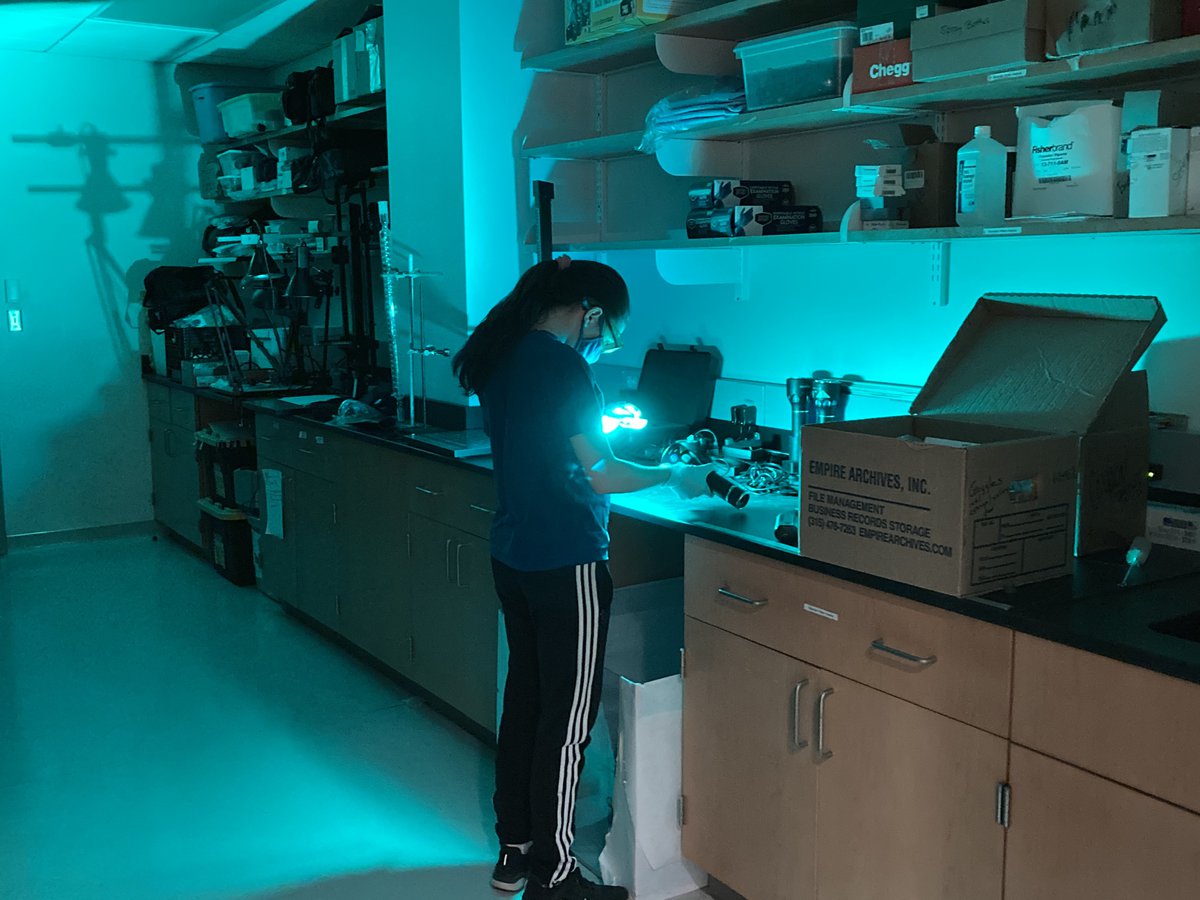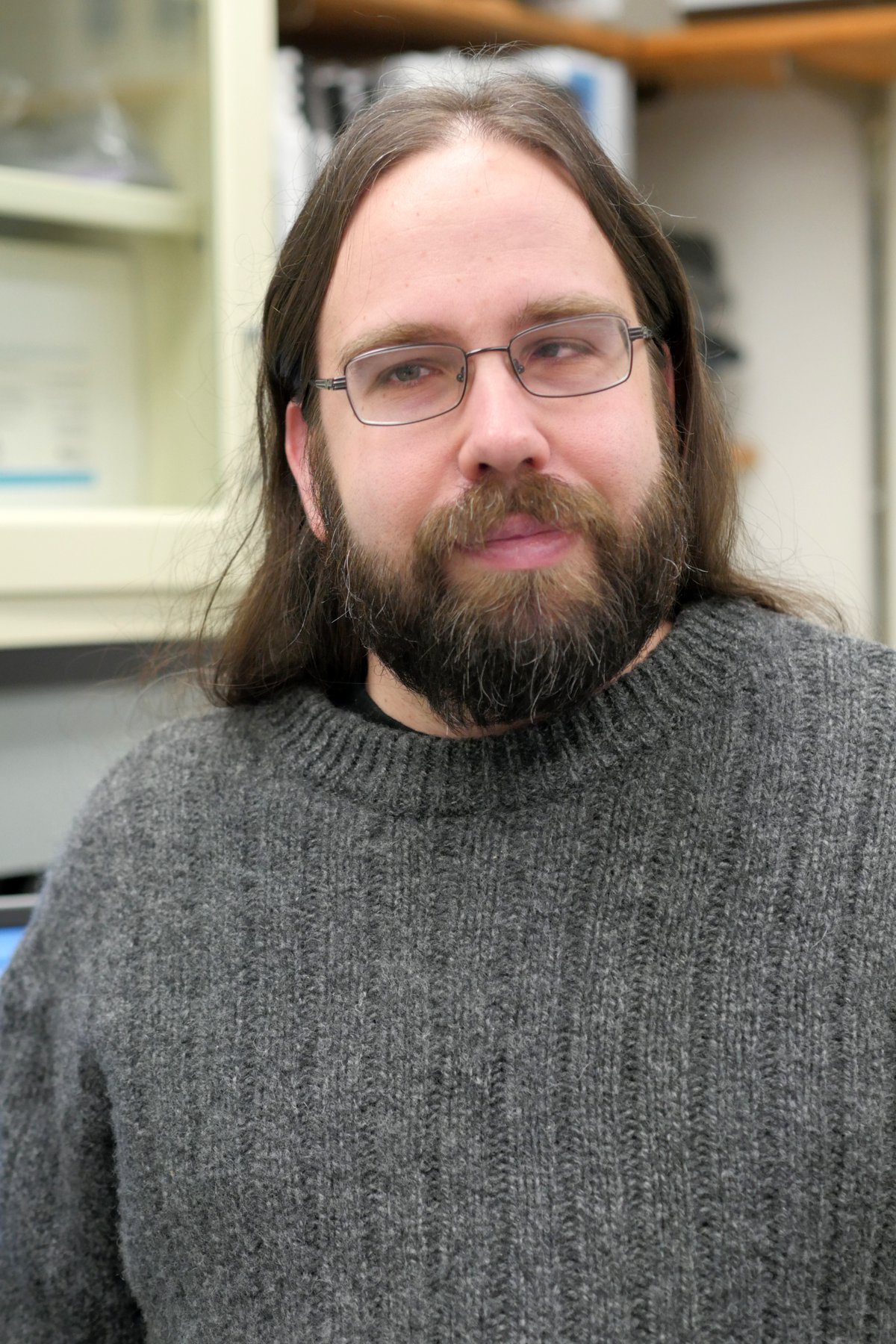Harnessing Machine Learning For Human Justice

A student using blue light to investigate evidence in a forensic lab.
As the field of forensics evolves, more complex evidence is being processed with greater precision, sensitivity, and speed than ever before. To give a real-life example, consider a bank robbery where the perpetrator uses a pen, available to all customers, to write the note which they pass to the teller. In this instance the perpetrator deposited skin cells on this pen, but so did several other people. The result is a complex mixture of DNA from all of these individuals. Where 30 years ago a forensic scientist would probably have needed the bank robber to leave a few drops of blood on the pen to produce a DNA profile, today, they only need a few cells.
The ability to evaluate biological evidence that contains complex mixtures or low levels of DNA is possible thanks to computer software that utilizes probabilistic modeling methods. These programs use complex algorithms to estimate probabilities associated with individuals contributing to the DNA mixture. But despite such innovative approaches to mixture interpretation, limitations still exist in large part due to the overall complexity of non-pristine DNA and lack of resources such as computational power, time and cost.
Michael Marciano, research assistant professor and director for research in the Forensic and National Security Institute (FNSSI), and Jonathan Adelman, research assistant professor in FNSSI, have invented this novel hybrid machine learning approach (MLA) to mixture analysis (U.S. patent number 10,957,421). Their method combines the strengths of current computational and expert analysis approaches with those in data mining and artificial intelligence.

Michael Marciano
Their MLA enables rapid and automated deconvolution (separation) of DNA mixtures with increased accuracy compared to current methods, potentially. The software will require minimal computing and financial resources and provide increasingly informative, high confidence conclusions.
“I knew that nothing like this approach has been done before and, since this problem set was uniquely appropriate for the use of AI and machine learning, we involved the Office of Technology Transfer in order to pursue intellectual property protection,” says Marciano. “The most exciting aspect of this project was that we introduced the application of AI to forensic DNA analysis.”
Marciano and Adelman received the funding from the National Institute of Justice to further develop their idea in 2014. Although this intellectual property has not been fully developed for commercial use, they are pursuing funding to transition the technology. Once this is done, they are hopeful that the new method will be used throughout the law enforcement and criminal justice communities, specifically by forensic DNA scientists and the legal community.
Marciano says FNSSI students can currently use components of the MLA and once a commercial partner is secured and the product is fully developed, they will begin implementing it into the FNSSI curriculum. Other patent pending technology from Marciano and Adelman are currently being used by students.

Jonathan Adelman
FNSSI executive director Kathleen Corrado says having this technology at Syracuse University will allow students to work with innovative analysis techniques, which are essential skills for forensic scientists as the field moves more in the direction of computational analysis.
“This exciting new tool for DNA mixture analysis developed by Michael and Jonathan highlights the creativity and collaborative nature of the work being done by our faculty,” says Corrado. “Developing such technology and sharing it with the forensic community are important elements of the FNSSI research program.”
This technology is available for licensing. Companies interested in exploring commercial applications, or not-for-profit entities interested in developing this technology for public benefit, should contact the Syracuse University Office of Technology Transfer at 315.443.5196 or visit the Technology Transfer website.


